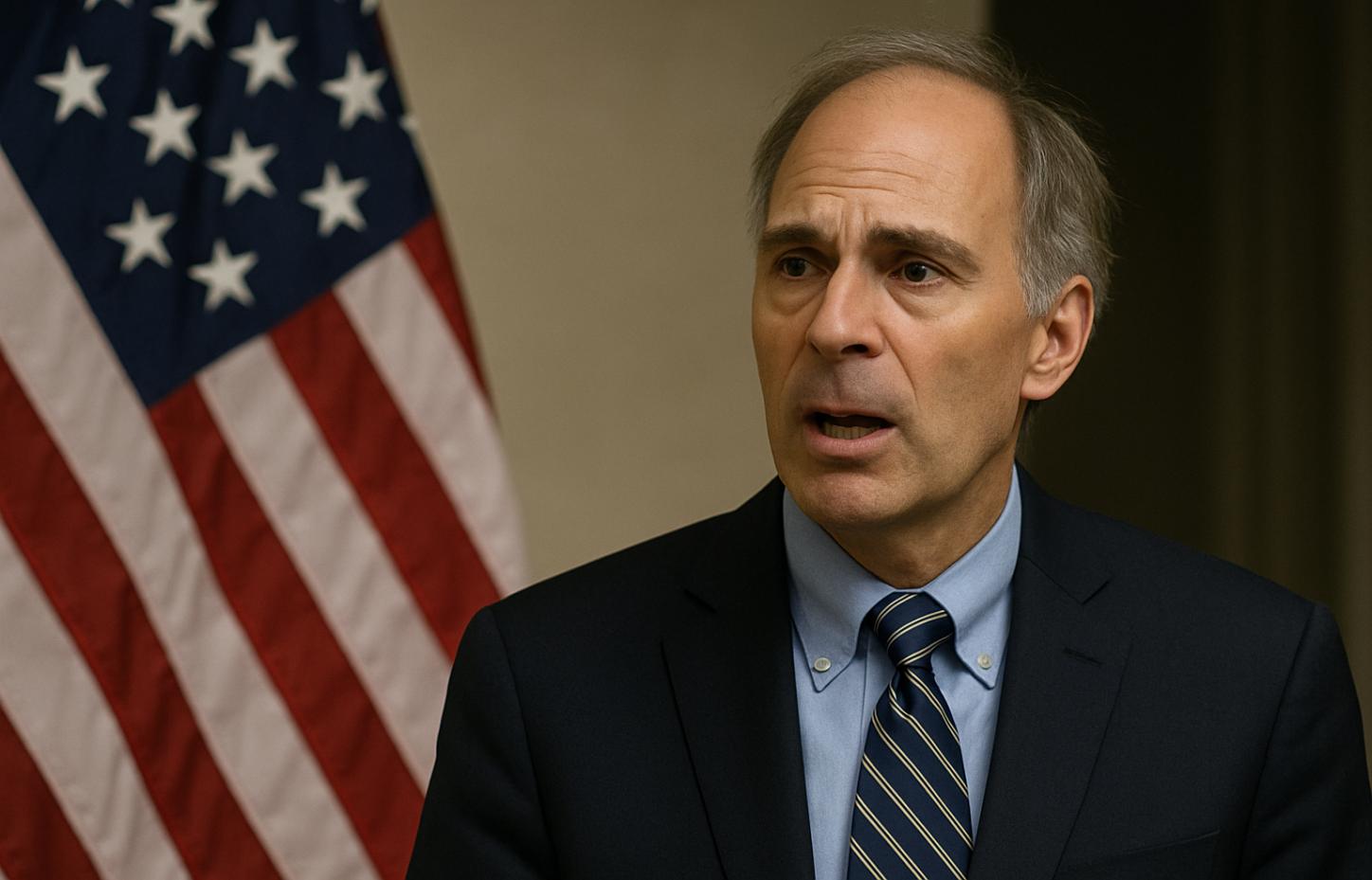
Recently, key data released in the economic field of the United States has drawn widespread attention worldwide. This key data indicates that the US economy is on the verge of recession, and consumer spending, as a pillar of the US economy, is sending out disturbing warning signals, behaving strikingly similar to the situation before the 2008 financial crisis.
Mark Zandi, chief economist at Moody's Analytics, disclosed in his X post on August 31 that inflation-adjusted household spending is expected to stagnate in 2025. This prediction is not groundless but a rigorous analysis based on the latest data. Moody's Analytics data shows that as of July, real consumer spending in 2025 has only shown a weak growth trend, which is the weakest performance since the 2008-2009 economic recession. Unlike the steady increase in spending during previous economic recoveries, the stagnation of consumer spending in 2025 is particularly prominent, undoubtedly casting a shadow over the overall economy.
The sluggish economic growth rate further confirms the fragility of the economy. By the middle of the year, the economic growth rate hovered near zero, far below the typical 1% to 2% range for stable economic expansion. Although employment and wage growth have remained relatively strong to a certain extent, the sharp slowdown in the momentum of consumption growth cannot be ignored. This weak trend indicates that the US economy is facing unprecedented challenges and its stability has been seriously threatened.
Consumer spending plays a crucial role in the US economy, accounting for approximately two-thirds of the GDP. Therefore, any sustained weakness in household spending could potentially serve as the trigger for an economic collapse. Zandi pointed out that spending as of July this year has hardly changed compared with the end of last year. This lateral fluctuation does not conform to the typical characteristics of an economic recession, but it implies that the economy is on the verge of a recession. This view is in line with Zandi's broader concerns. Through model analysis, he pointed out that nearly one-third of the US economy has either fallen into recession or is at high risk, with the possibility of a recession within a year approaching 50%.
From a more macro perspective, the predicament faced by the US economy does not exist in isolation. Weak employment data, the slowdown in wage growth and unemployment across a wide range of industries have further exacerbated economic uncertainty. Zandi emphasized that the shrinking labor force is weakening the country's growth potential, a view that undoubtedly casts an even heavier shadow over the future of the US economy.
It is worth noting that Zandi accurately warned of the existence of a real estate bubble at the beginning of the 21st century, and the outbreak of the 2008 financial crisis also verified his judgment. Now, he has once again issued a warning that the economic logic and data analysis behind it cannot be ignored. The stagnation of consumer spending, the sluggish economic growth rate and the weakness of the job market are all important signs before an economic recession. These signs interweave with each other, jointly forming a picture of economic risks that cannot be ignored.
From an economic perspective, the stagnation of consumer spending may stem from a variety of factors. On the one hand, the persistently high inflation may have weakened consumers' purchasing power, causing them to reduce their consumption of non-essential goods. On the other hand, the increase in economic uncertainty may make consumers more cautious about their spending and choose to save rather than consume. In addition, the weakness of the job market may also lead to a decline in consumer confidence, further curbing consumer spending.
The sluggish economic growth rate may reflect the insufficiency of overall economic vitality. In the absence of strong growth momentum, the economy may fall into a low-level equilibrium state and find it difficult to achieve breakthrough growth. This state may not only affect consumers' confidence and behavior, but also have a profound impact on enterprises' investment decisions and the overall economic structure.
To sum up, the US economy is at a crucial historical juncture. The stagnation of consumer spending, the sluggish economic growth rate and the weakness of the job market all point to an undeniable fact: the US economy is dangerously approaching the brink of recession. In the face of this severe situation, policymakers, enterprises and consumers all need to remain highly vigilant and jointly address the possible economic challenges that may come.

The global electric vehicle market in 2025 is experiencing intense turbulence. Tesla, once a disruptor that reshaped the industry landscape, is now mired in an unprecedented sales crisis.
The global electric vehicle market in 2025 is experiencing …
Recently, Chinese telecom companies Huawei and ZTE signed a…
Recently, according to Xinhua News Agency, Israel's air str…
A strongly worded report from the Equality Trust argues tha…
On November 27, 2025, Alibaba officially entered the global…
The focus of the global financial market in 2025 has always…